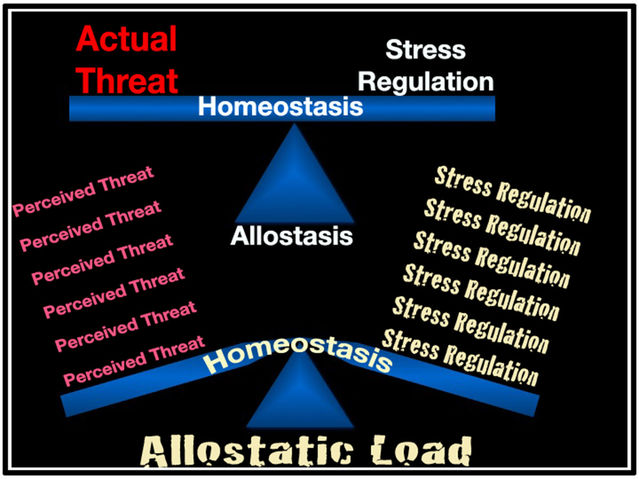Media
Social Media Is Harmful to Your Brain and Relationships
Twitter and Facebook: Where cigarettes went to not die.
Posted October 20, 2017 Reviewed by Ekua Hagan

A human is an organism; the surroundings and conditions a person lives and operates in is his or her environment. Organisms can never be healthier than their environment, or more efficient than their suitability to that habitat.
Social media is the new tribal fire, but human biology hasn't changed in 50,000 years, unlike human technology.
Society is considerably more complex and diverse than it was 56 million years ago when our ancestors formed groups to increase survival odds, but the need to be social to survive remains the same.
Right Place, Wrong Brain
The Ventral Tegmental Area (VTA) of the brain monitors social needs by releasing dopamine when we achieve social success and inspiring neurochemical deficits when we don't. Tragically, social media is not the VTA's friend.
Imagine an ape on social media. The VTA is in the old brain and equally ill-equipped to deal with social media.
The physiological cues that the VTA uses to determine social status from negative social media experiences are the same as those occurring in our ancestor's brains when the tribe banished them. Of course, not getting enough likes on Facebook is a lot different than being left to face jackals alone.
But the VTA cannot think; it only read signals and reacts. That's why people waste hours online arguing about things that have no control over. This response is not about the Facebook or Twitter war du jour. It is about the natural human fear of being cast out to face certain death. (Although, no one has died from an offensive meme to my knowledge.)
Cowards are brave on social media, which is why internet trolls exist, and do and say things that would never say in a face-to-face encounter. Additionally, we perceive such social media confrontations as a threat.

The perception of threat in the brain: The hippocampus (a memory area in the brain) continuously compares the external world to the brain's core belief of how the world should be.
That core belief is determined by a combination of genetics, epigenetics, and the brain's structural and functional dynamics. This basic wiring is influenced by prenatal conditions and the perinatal brain's observation of its environment and subsequently tailoring its functionality to survive according to those observations. When there is a discrepancy between the external world and the brain's core belief, a threat occurs.
Threat causes the hippocampus to signal the amygdala, which activates the HPA (Hypothalamic Pituitary Adrenal) axis initiating the stress response.
Stress: The stress response begins with elevating blood pressure to move blood and oxygen to the large limbs in preparation for the eventuality of fight-or-flight. Then, glucose is released into the bloodstream for quick energy, followed by other processes. The stress response is a good thing if preparing for fight-or-flight when one is reacting to actual threats because they are rare, and thereby do not over-tax the physiological mechanisms. However, when the stress response continuously activates due to perceived threats, the surges in blood pressure become hypertension and cardiovascular disease.

Chronically elevated blood glucose levels become insulin resistance, diabetes, obesity and various medical and psychological disorders that have been reliably associated with these conditions. Overactivating the stress response causes allostatic load — when your body's protective mechanisms start doing damage from being overused.
Allostatic load happens because the pathophysiology of stress begins in the old brain. By evolutionary design, structures in this part of the brain cannot think. Their mantra is “Survive now, ask questions later.”
Thinking, and higher cognitive processes only occur in the new brain. To further complicate matters, primate biology constructed structural brain dynamics to suspend cortical functions, such as thinking, when key subcortical processes, such as the stress response swing into action. This old brain/new brain nexus exists because stopping to think about that rustle in the bush could be the difference between talking about it at dinner and being dinner.
#HoustonWeHaveAproblem: The old brain cannot think, and therefore cannot distinguish actual threats from perceived threats. Social media has excessive amounts of perceived threats, and the new brain can't come to the rescue because it is taken offline during the stress response
So as social media perceived threats increase, the over-usage of the stress response also increases. It is not a coincidence that obesity, heart disease, and diabetes and cancer is on the rise. All human brains continuously process information from the environment and initiate the stress response in the face of threat, whether fear (actual danger) or anxiety (perceived danger) causes it. Regardless of your station in life — chronic stress causes allostatic load. Allostatic load is the gateway to distorted perception and disease.


Yes, humans are in trouble, and we need to fix it, but how? Well, society occurs whenever two or more humans interact, so start there — in traffic, in the break room at work, the supermarket line or on social media; leave your politics, religion, and judgment at home. Embrace empathy, and commit random acts of kindness. Time is the most precious human resource, so don't squander time holding on to resentments or judging others, attaching yourself to outcomes. And certainly, don't waste it on Twitter wars or Facebook feuds.
Ultimately fixing society is like saving money, if you take care of the pennies, the dollars will take care of themselves.
Join my email list to receive notifications of new posts.




